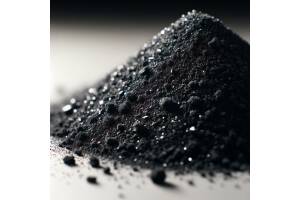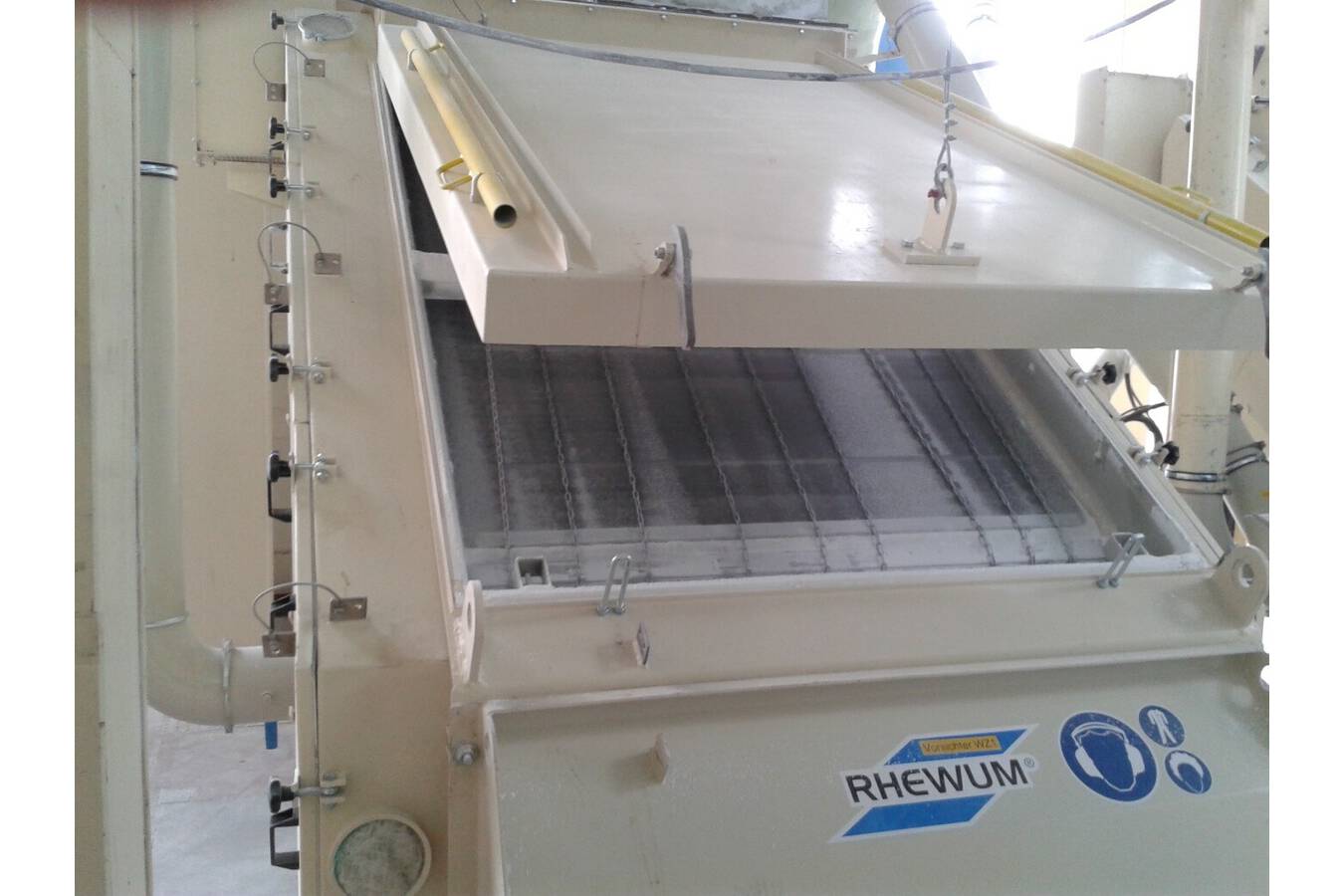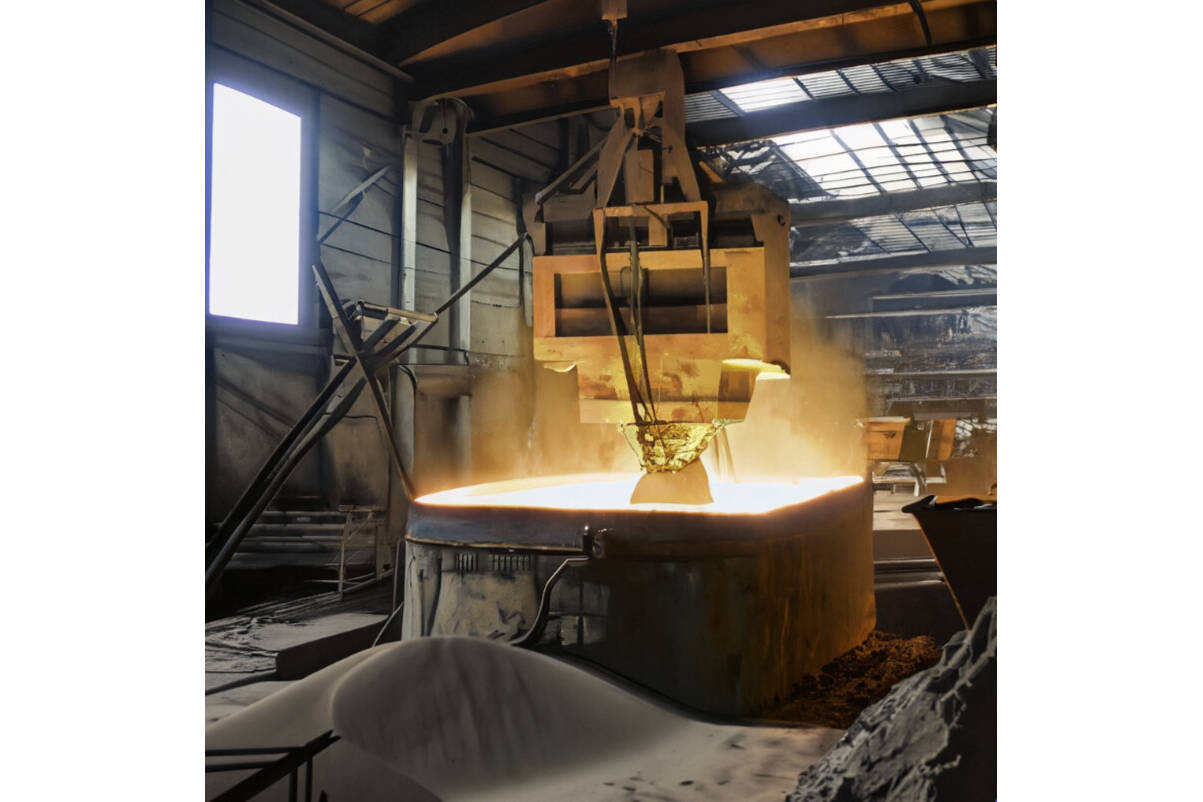Screening drilling barite for hydraulic fracturing (fracking)
A facility in Louisiana, USA, has enhanced its barite processing for fracking by acquiring two RHEsonox screening machines and a RHEmid feeder, aimed at improving the efficiency and precision of barite screening.
Barite, a mineral composed of barium sulfate (BaSO4), is commonly used in the oil and gas industry, especially in hydraulic fracturing (fracking) and drilling operations. In these contexts, barite serves as a weighting agent in drilling muds. The high density of barite helps to counteract the immense pressures found in oil and gas reservoirs. By adding barite powder to the drilling mud, the overall density of the mud is increased, which in turn helps to maintain the stability of the borehole, control formation pressures, prevent blowouts, and facilitate the extraction of oil and gas.
In order to upgrade barite processing for fracking RHEWUM America Inc. recently delivered two RHEsonox® sieving machines that precisely screen barite with separations cuts of up to 325 mesh (50 μm) and a RHEmid feeder for uniform material distribution. The RHEsonox® high-performance screening machine utilizes two counter-rotating imbalance motors to create linear motion, facilitating material transport. An additional direct excitation of the screen mesh prevents clogging by stuck particles. This combination of drive and excitation enables the precise and efficient screening of materials that are challenging to process and achieves significantly better separation results.
As a special feature our screening machines can be equipped with an underpressure dedusting system which involves the use of vacuum or negative pressure systems to remove dust and fine particles generated during the screening process. Removing fine dust particles in barite processing is not only crucial for compliance with health and environmental standards, but also for ensuring a higher quality of the final product as well as equipment and operational efficiency.
Discover the difference in your fracking operations with our advanced screening machines and feeders. Elevate your efficiency and quality to new levels – contact us to learn more.




